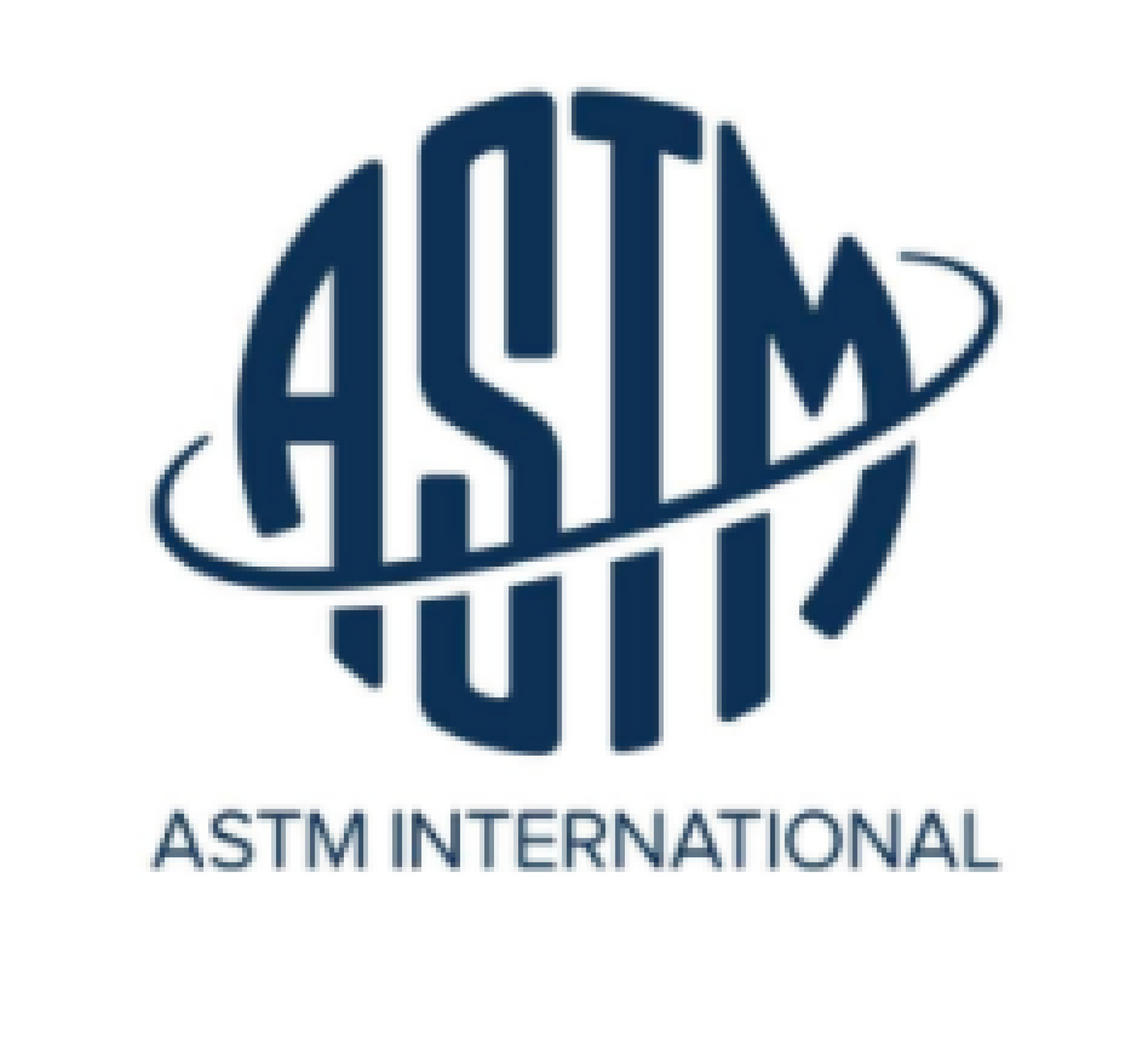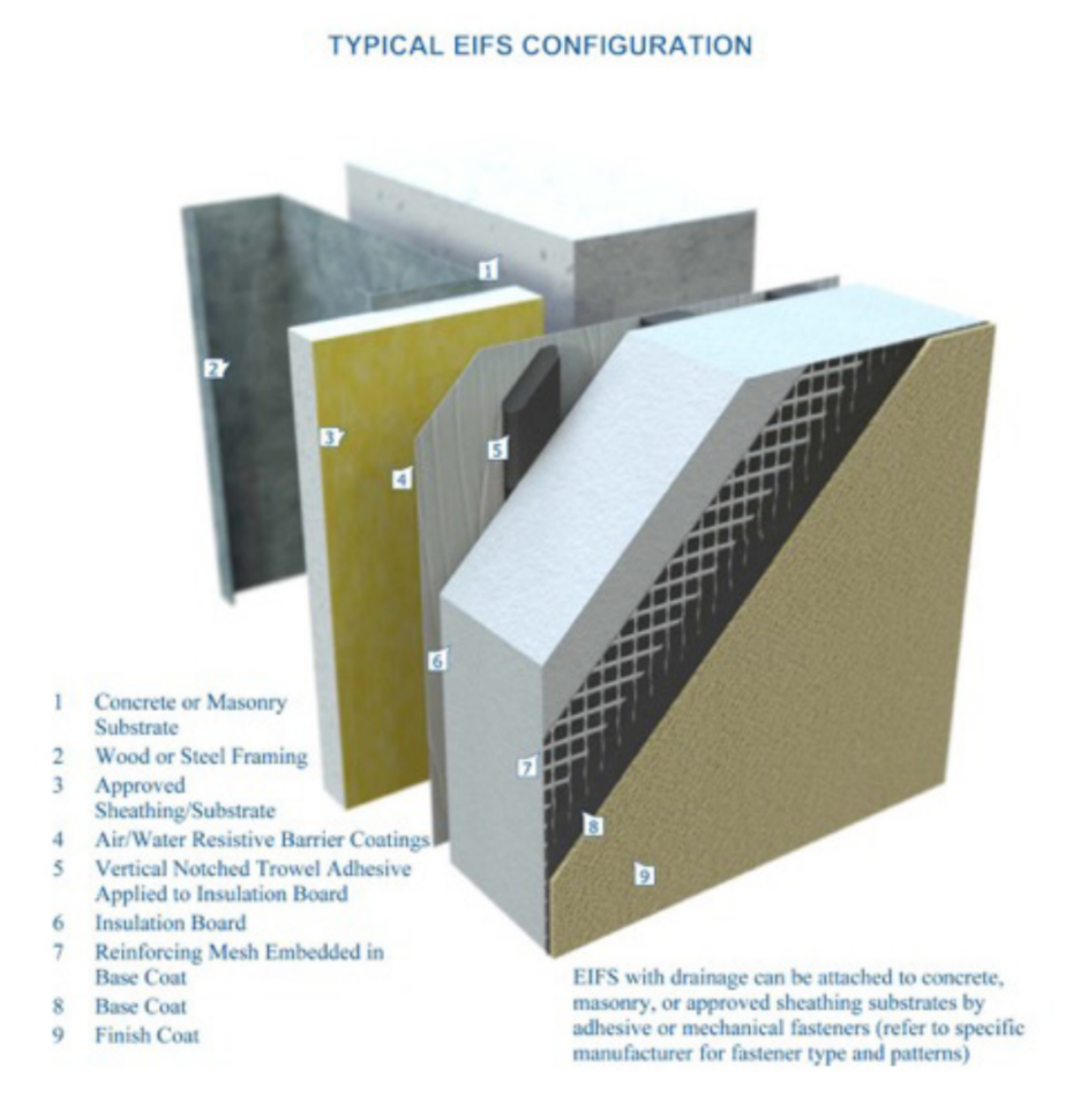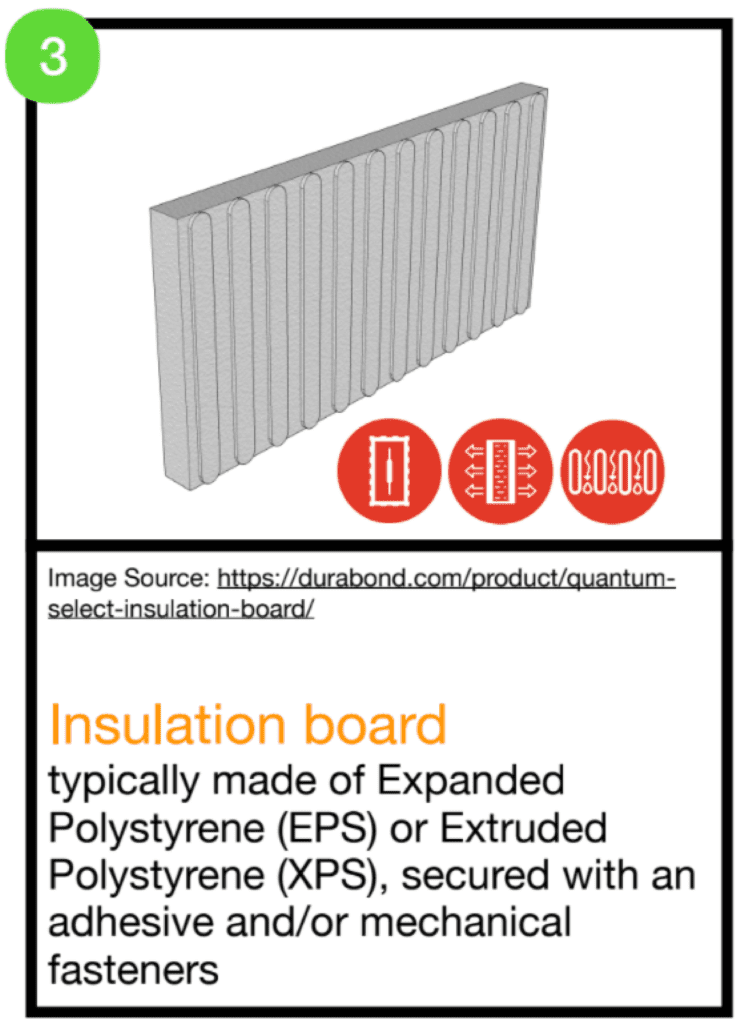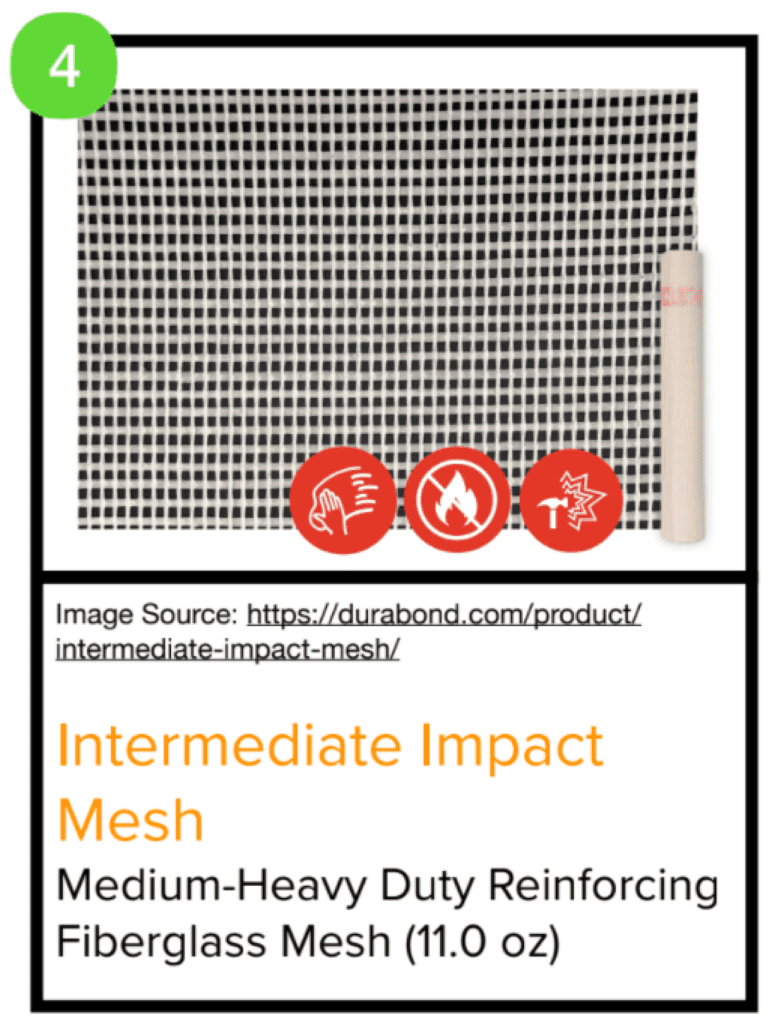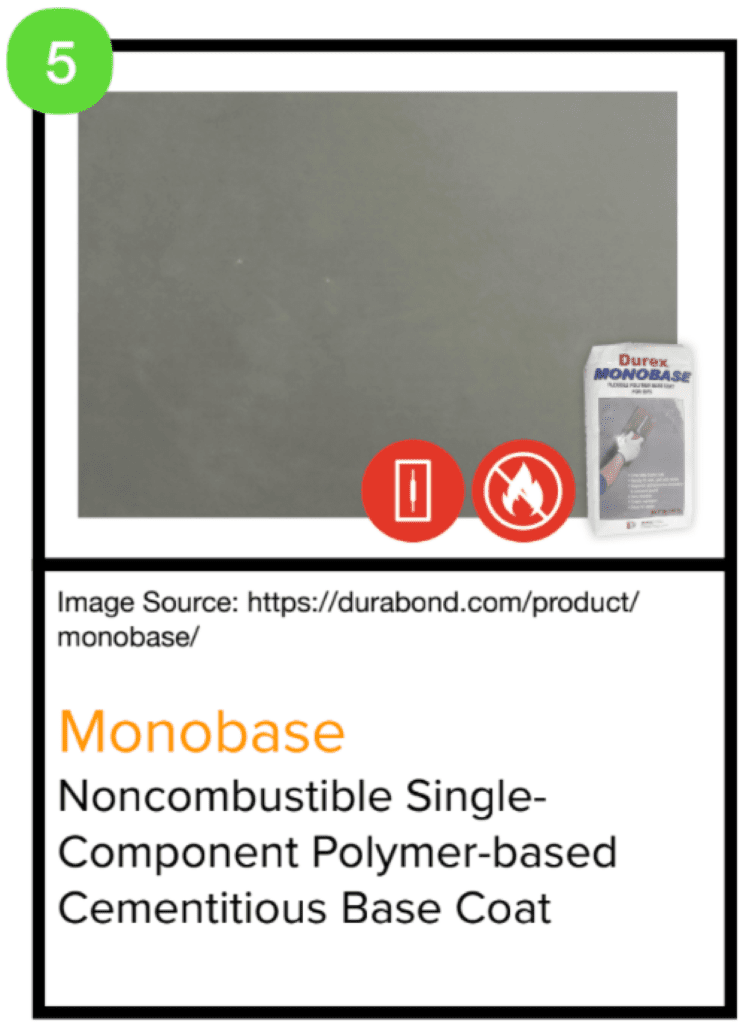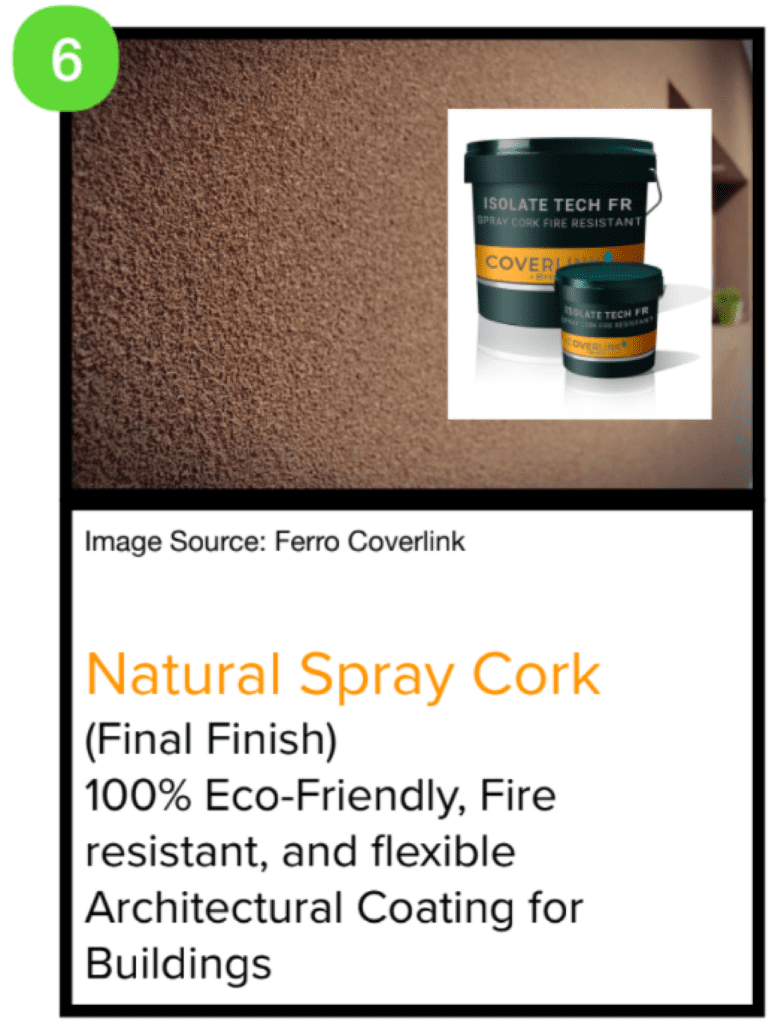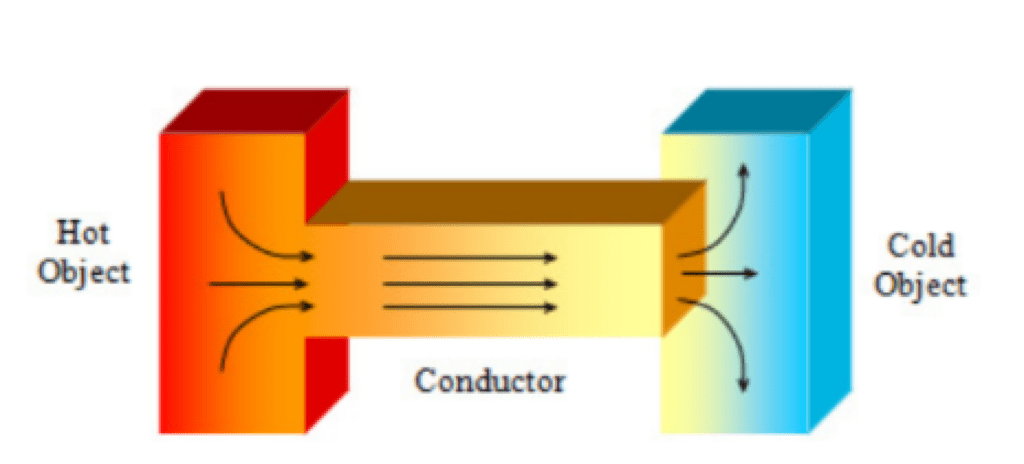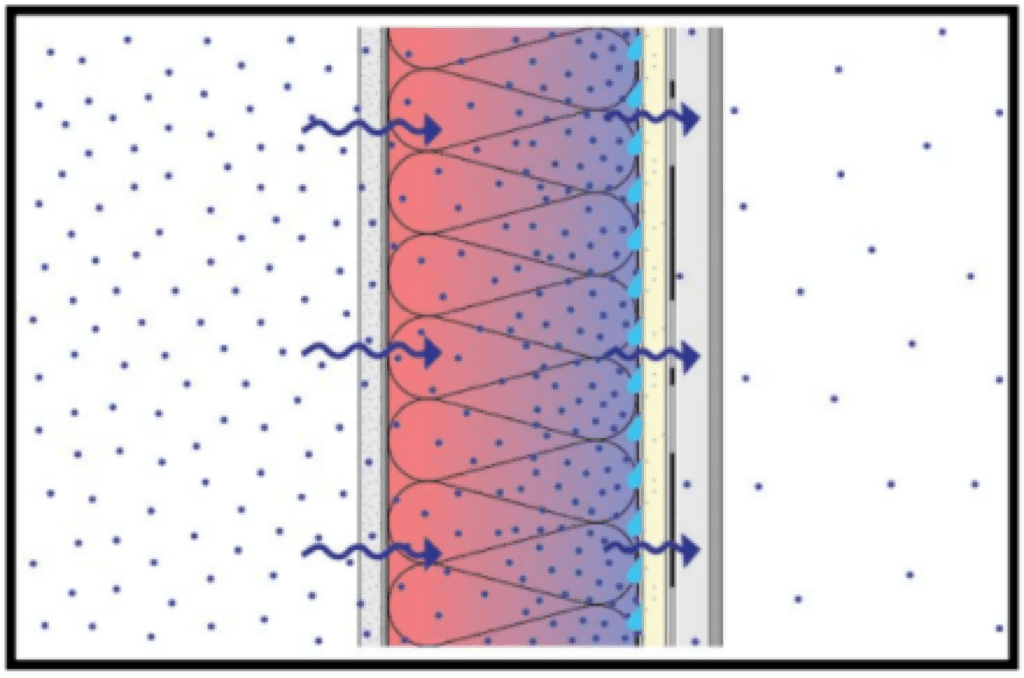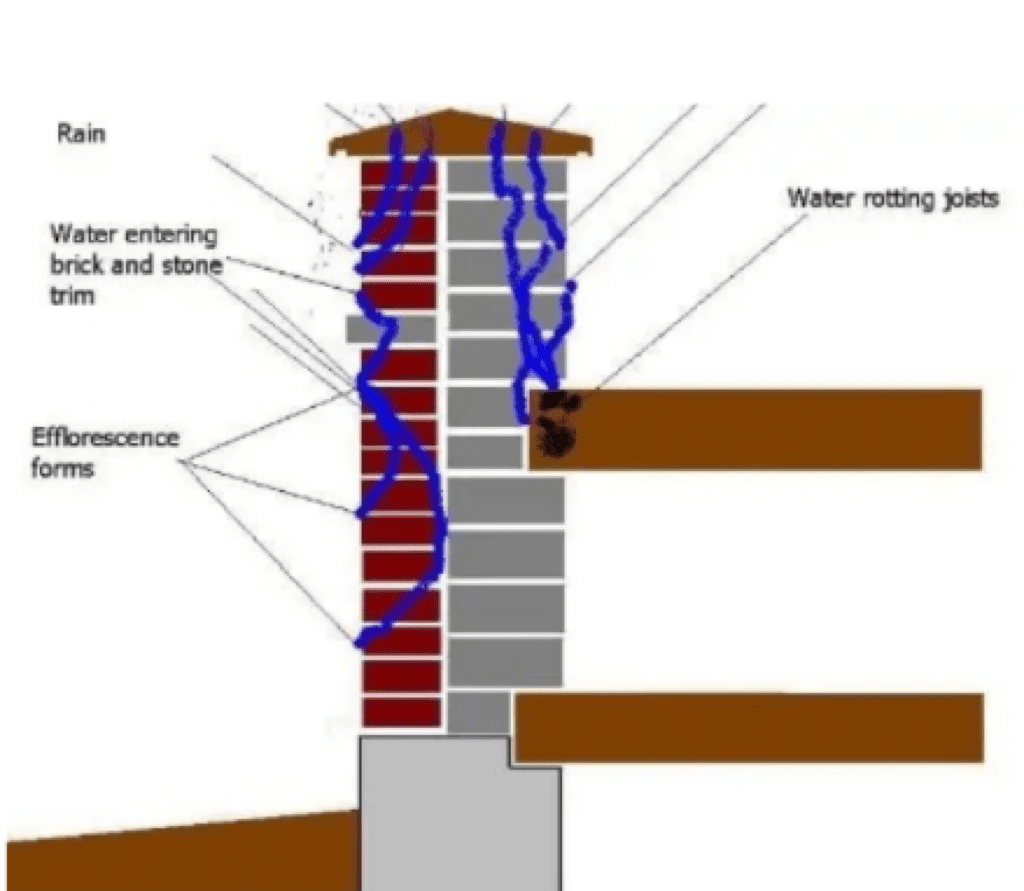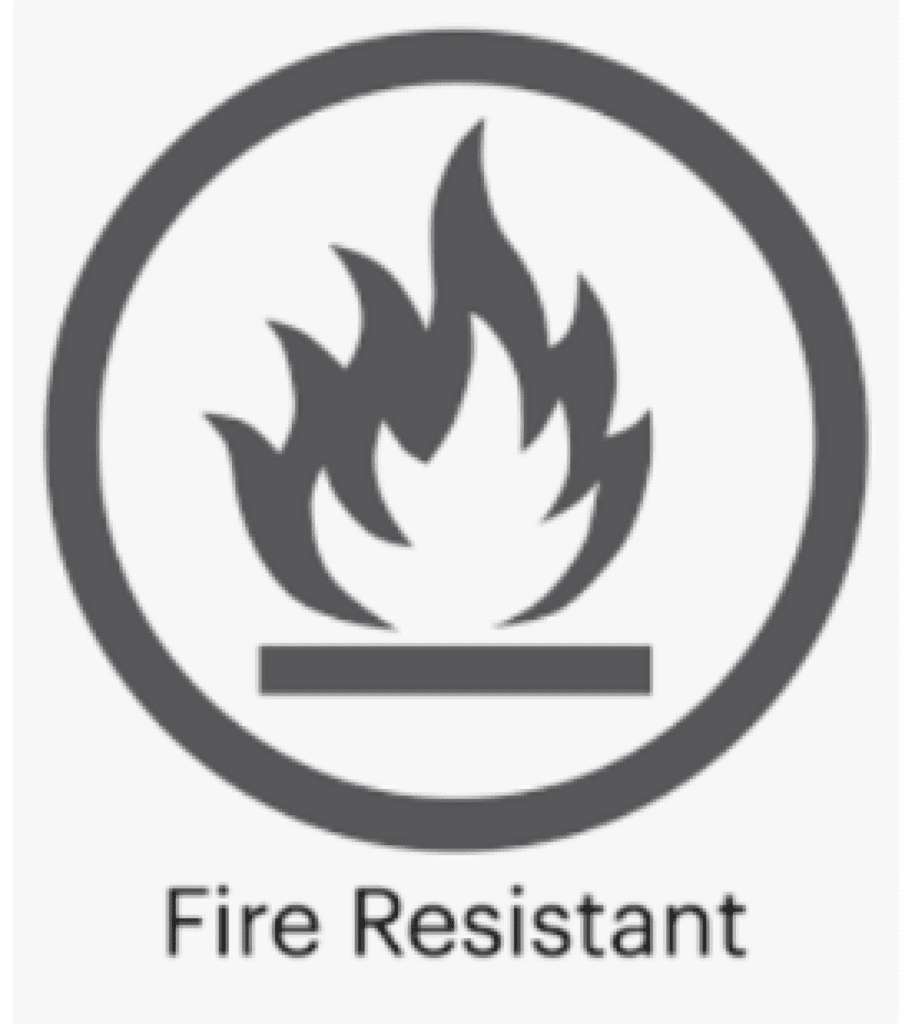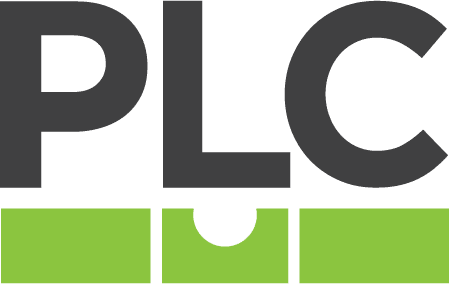EIFS as a cladding system has been developed long
time ago hence is well researched and one of the
most tested cladding systems in the construction
industry, making it widely accepted, used and best
performing cladding systems when it come to
thermal and moisture control.
EIFS is also recognized as a system that is in full
compliance with modern building with greater
emphasis on energy conservation.
Needs to be applied by a trained and certified professional
Made from Portland cement – A Green House Gas
intensive material
Improper installation can lead to failures
Failure to allow curing time for inner layers can be
detrimental
Stucco (the final finish / Top coat) will shrink over
time and crack, just like concrete.
It is porous and hence fails to keep the rain out in
case of prolonged exposure to rain.
The water leakage can find its way into the wooden
structure inside and cause mold and rot.
The synthetic acrylic polymer based top coats are
designed to be completely waterproof and do not
breathe at all, which means if the water finds its way
behind the top layers, it won’t have any way to
escape, unless it can weep out from the bottom of
the wall.
Calls for additional attention to the windows and
doors with high quality caulking and proper flashing.
Water can get trapped behind the synthetic stucco
systems.
9) Be durable – Cork Spray is at least twice as
durable as the stucco. Currently Coverlink’s
Cork spray offers 10 years warranty, however
soon the warranty will be bumped up by additional 5 more years.
10) Be aesthetically pleasing – Aesthetics play an
important role in the final finish of the building.
Cork Spray being able to withstand all the forces
of nature much better than stucco will as a result
offer a long lease to the aesthetics of your
building. It also comes in choice of many
colours and the options are unlimited.
One of the important features offered by Cork Spray
is its resistance to Salt penetration. This property is not required by the Building Codes for exterior
walls, however it is important to note that all the
popular siding materials including stucco are less
resistant to salt than Spray Cork.
